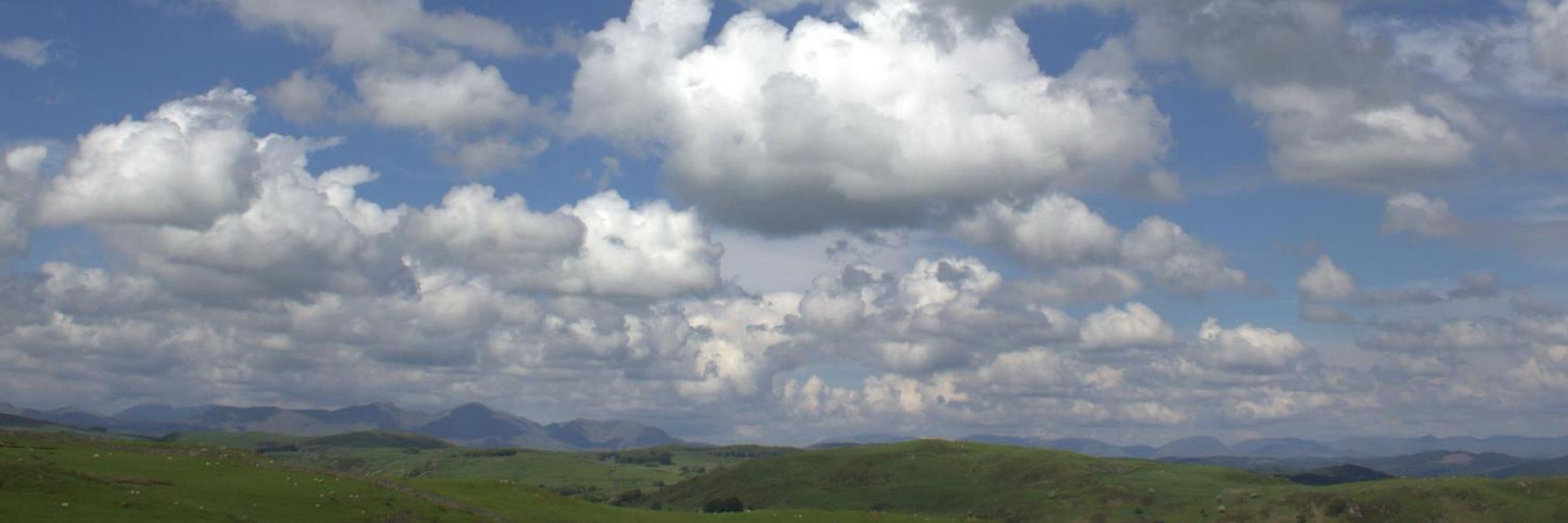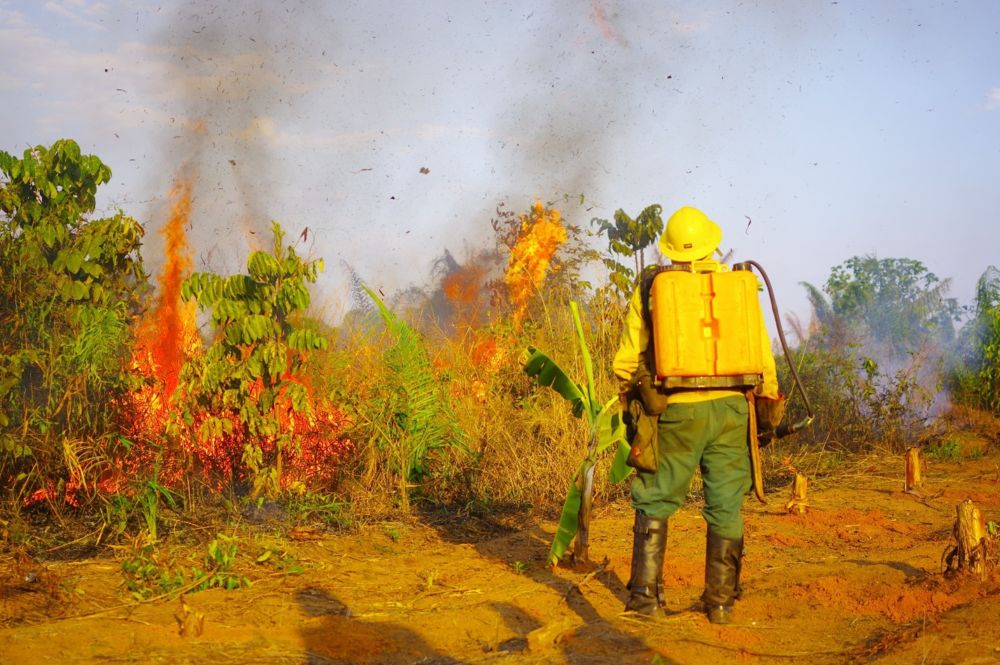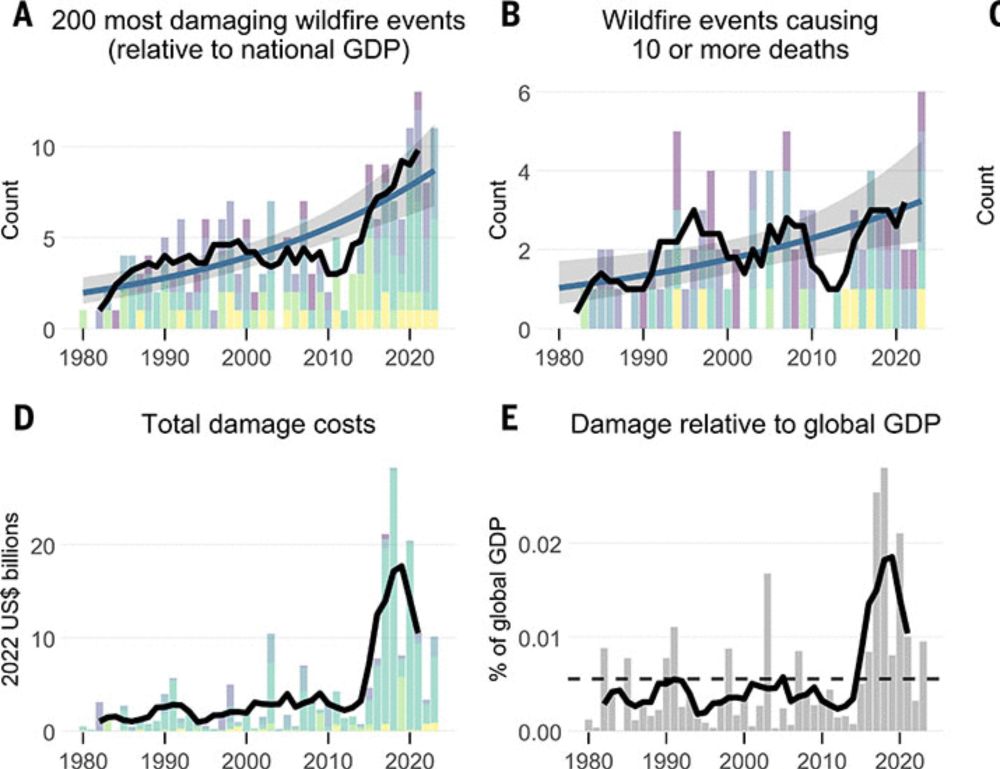

This impressive view was seen 36,000km above Earth by our Meteosat-12 satellite on 23 November at 13:40 UTC.

This impressive view was seen 36,000km above Earth by our Meteosat-12 satellite on 23 November at 13:40 UTC.
According to analyses, part of the eruptive column from the eruption may have reached an altitude between 18 and 20 km.
The #Copernicus #Sentinel5p image on Nov. 23 shows the big plume moving eastward.

According to analyses, part of the eruptive column from the eruption may have reached an altitude between 18 and 20 km.
The #Copernicus #Sentinel5p image on Nov. 23 shows the big plume moving eastward.



Learn more & apply: atmosphere.copernicus.eu/grants

Learn more & apply: atmosphere.copernicus.eu/grants
Now they need urgent support for community-led fire prevention. #COP30 🌱

Now they need urgent support for community-led fire prevention. #COP30 🌱
werkenbijsron.nl/en/vacancies...
#emissions #earthobservation #sronspace

werkenbijsron.nl/en/vacancies...
#emissions #earthobservation #sronspace
Watch the video.
#CopernicusAtmosphere
Watch the video.
#CopernicusAtmosphere
Check out the Fall 2025 issue here:
www.canadawildfire.org/newsletter

Check out the Fall 2025 issue here:
www.canadawildfire.org/newsletter
Solutions still have time - we reduce CO2!
phys.org/news/2025-11...

Solutions still have time - we reduce CO2!
phys.org/news/2025-11...

#podcast #ThisWayUp #Arctic @arcticcouncil.bsky.social

#podcast #ThisWayUp #Arctic @arcticcouncil.bsky.social

Explore the app: atmosphere.copernicus.eu/ghg-services...
#CopernicusAtmosphere


Explore the app: atmosphere.copernicus.eu/ghg-services...
#CopernicusAtmosphere
Check out the new tool, PM dashboard 🖥️we upgraded over this summer here 👉 aerosolscienceerg.shinyapps.io/Landing_Page/
#AirQuality #CleanAir #PM25 #PublicHealth

Check out the new tool, PM dashboard 🖥️we upgraded over this summer here 👉 aerosolscienceerg.shinyapps.io/Landing_Page/
#AirQuality #CleanAir #PM25 #PublicHealth

#CopernicusAtmosphere #COP30

#CopernicusAtmosphere #COP30

Read more: insitu.copernicus.eu/news-and-eve...

Read more: insitu.copernicus.eu/news-and-eve...

